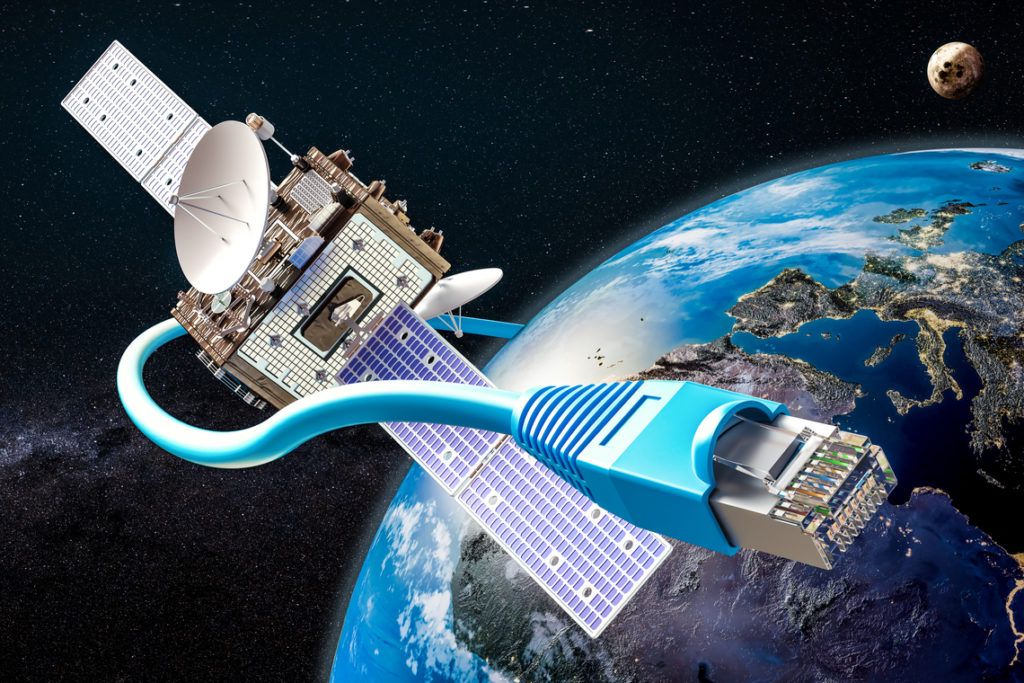Project Kuiper, Amazon’s new low-orbit satellite broadband project is grabbing all the headlines this week after it was announced that more than 3,200 satellites will soon be placed in orbit. In a fireside chat at the Amazon’s reMARS conference in Las Vegas, Amazon CEO Jeff Bezos opens up about this risky new venture.
Project Kuiper Takes on Starlink, OneWeb
Like Project Kuiper, SpaceX’s Starlink project plans to launch up to 12,000 low orbit satellites. The Musk-run company, however, has already launched the first 60 of these earlier in May. Similarly, although OneWeb has plans to launch a relatively small fleet of just 650 satellites, these are expected to perform in much the same way as Project Kuiper and Starlink. Unlike newer coverage models, Blockstream instead relies on both launching its own satellites and leasing third-party satellites that are already in orbit. As it stands, there are now five satellites in the Bockstream array, beaming the Bitcoin blockchain to all of the world’s major land masses. It is important to note that Project Kuiper, OneWeb and Starlink are designed to improve the overall internet infrastructure around the world by either boosting internet bandwidth or bringing it to rural places where it wasn’t available before. Conversely, at least for the time being, Blockstream simply aims to ensure the worldwide availability of the Bitcoin blockchain, allowing even those in remote regions to make and receive Bitcoin transactions, as well as support the Bitcoin network. However, as an application, a specific satellite array is used only to ensure the persistence of Bitcoin. It remains to be seen how it will compete with general broadband satellite grids that could, in theory, better execute this agenda. How do you think the satellite internet projects like Project Kuiper, Starlink and OneWeb will alter the availability and usage of cryptocurrencies? Let us know your thoughts in the comments below!
Top crypto platforms in the US
Disclaimer
In adherence to the Trust Project guidelines, BeInCrypto is committed to unbiased, transparent reporting. This news article aims to provide accurate, timely information. However, readers are advised to verify facts independently and consult with a professional before making any decisions based on this content. Please note that our Terms and Conditions, Privacy Policy, and Disclaimers have been updated.

Daniel Phillips
After obtaining a Masters degree in Regenerative Medicine, Daniel pivoted to the frontier field of blockchain technology, where he began to absorb anything and everything he could on the subject. Daniel has been bullish on Bitcoin since before it was cool, and continues to be so despite any evidence to the contrary. Nowadays, Daniel works in the blockchain space full time, as both a copywriter and blockchain marketer.
After obtaining a Masters degree in Regenerative Medicine, Daniel pivoted to the frontier field of blockchain technology, where he began to absorb anything and everything he could on the subject. Daniel has been bullish on Bitcoin since before it was cool, and continues to be so despite any evidence to the contrary. Nowadays, Daniel works in the blockchain space full time, as both a copywriter and blockchain marketer.
READ FULL BIO
Sponsored
Sponsored

